Toolbox in Action
Explore how participatory meanwhile interventions unfolded in the context of seven regeneration initiatives across Europe & Asia.
Particularly suggested for policy-makers, practitioners, and researchers.
Highlights
MIND Milan
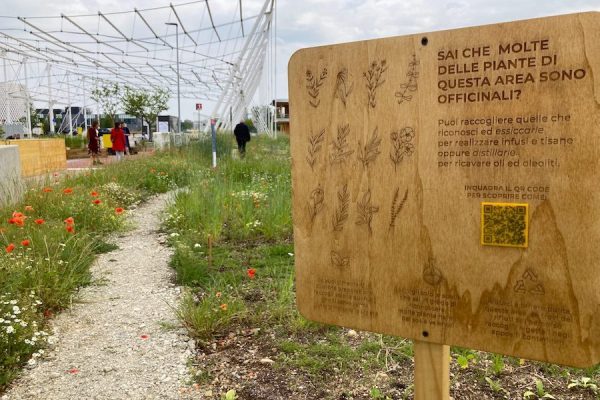
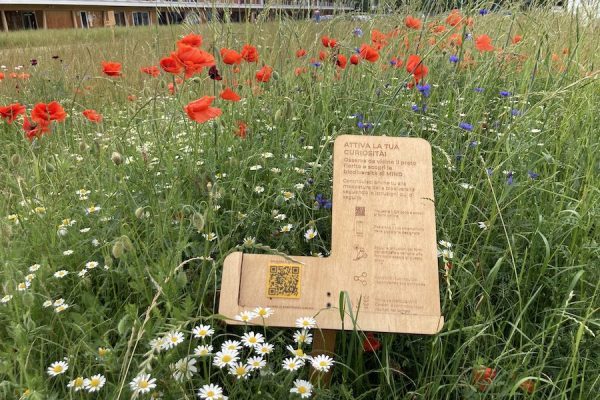
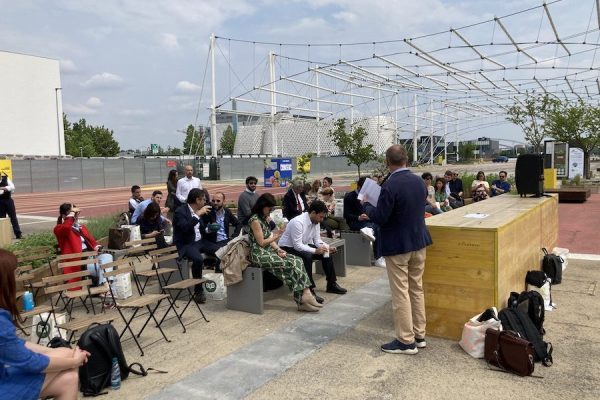

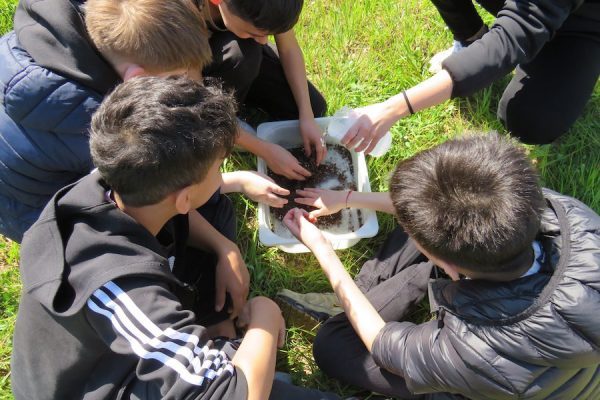
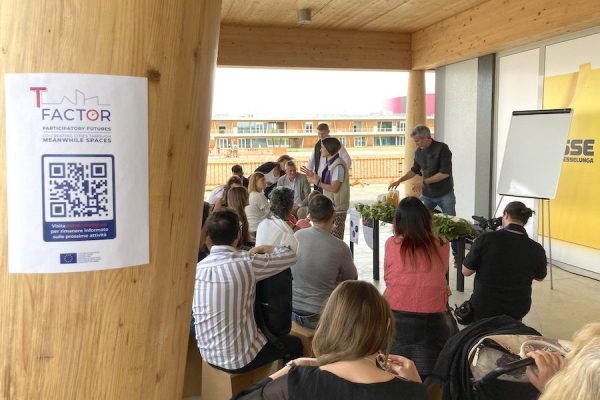
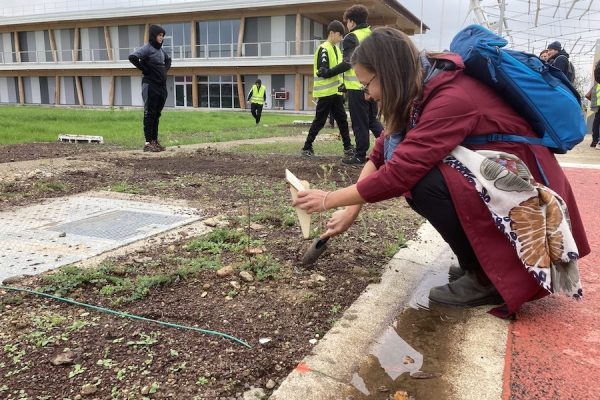

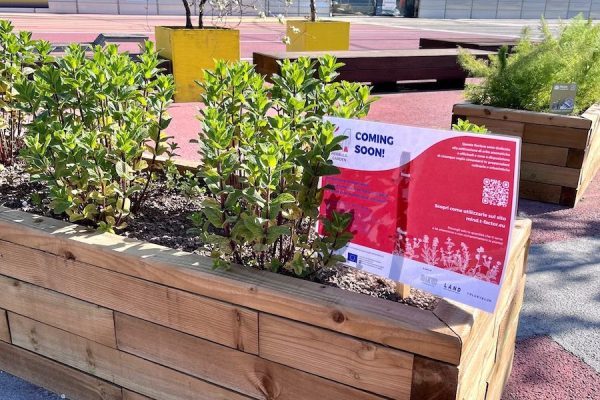
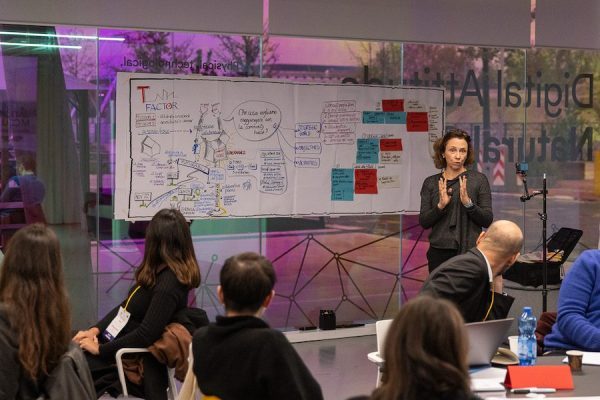
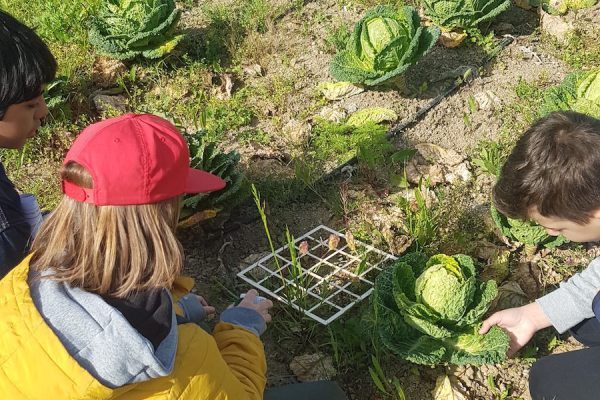

Extract of an interview with the T-Factor team from PlusValue and Politecnico di Milano – Polifactory, November 2023.
Balancing project goals & realities
‘The initial phase of defining our missions was relatively straightforward. The direction we wished to pursue was evident from the outset, especially when considering MIND’s broader objectives. Conversations with stakeholders further refined our path. However, the initial representation of these missions differed from their current state. For instance, our early discussions centred around site accessibility, which eventually evolved into a focus on identity. While we initially spoke of sustainable lifestyles in broad terms, we later chose to narrow our focus to urban biodiversity specifically. Similarly, the prototypes we initially conceptualised in our portfolio underwent transformations. The primary ideas we began with differed from what was eventually brought to life.‘
Defining missions
‘One significant challenge at the start was understanding and mapping the intricate ecosystem we were part of. It was complex and required time to grasp, capture, and subsequently decide on the most promising players to involve. Collaboration with Lendlease and thanks to the presence of PlusValue in the local coalition being very well connected within that ecosystem and knowing most of the actors, consultations with experts were vital in this process, as they played key roles in guiding our prototyping efforts.’
Accessing spaces
‘Another initial challenge revolved around our concerns about where we could establish our prototypes. As mentioned, MIND was not accessible to the public during that phase. We were uncertain if we would secure a physical space to implement our ideas. Given the rapid and somewhat unpredictable development of the building site, pinning down a permanent location seemed unlikely. It became evident that while an enclosed building space was out of the question, we would need to operate in an open-air environment. This presented its own set of challenges. Beyond the obvious hurdles posed by weather conditions, establishing an infrastructure in such a setting, especially with limited resources, was daunting, in addition to this temporary use in italian legislation is tricky, you cannot stay longer than 6 months and there is a lot of paperwork. These were some of the primary obstacles we encountered at the outset of our journey.’
‘Stabilising’ temporary use
‘Many of our initial ideas began as ‘prompt’ (one-off) activities. The challenge was transitioning these activities into a ‘regular’ format, especially in a context like MIND that changes continuously, and subsequently ensuring their stability. A lingering question was the defining characteristics and features that would qualify an activity or use as ‘prompt’, ‘regular’, or ‘stable’. Often, these features were tied to economic factors. Ensuring stability often requires a dedicated entity to continue and maintain the legacy of previous work. However, given that we don’t have a fixed and well-defined community in MIND, identifying such an entity was challenging. In more established communities, this role might be taken up by multiple NGOs or local associations that oversee and drive these projects. In our case, we struggled to find an actor or organisation that was both deeply committed and sufficiently experienced to spearhead these initiatives. Consequently, a significant portion of our discussions centred on strategies to render these activities regular and stable. We are still navigating this challenge’
Tangibility
‘A significant turning point occurred when we initiated the first tangible actions on the ground. We organised guided tours to increase public awareness about the area and initiated our first events. These efforts were somewhat successful. The guided tours, in particular, were well-received. They attracted good participation and positive feedback, allowing us to gain insights into the barriers and perceptions associated with MIND. Lendlease appreciated these initial engagements. The guided tours were so impactful that they were repeated multiple times, albeit with modifications to enhance their effectiveness. These early interactions facilitated a better understanding of the public’s perception and the existing barriers to engaging with MIND.’
Strategic adjustments
‘We struggled with effective communication. We lacked both the expertise and human resources to promote our initiatives adequately. Second, the physical location of MIND was perceived as a barrier, deterring participation. The result was that our initial activities saw little engagement. These setbacks prompted us to re-evaluate our approach. We began by refining the target audience for each activity. For instance, we shifted our focus to schools for certain programs. When our vision for the community house faced hurdles—particularly our inability to establish a temporary infrastructure that would also serve as a landmark for T-Factor—we adapted. Instead of establishing a new physical location, we collaborated with existing companies within MIND to host some of our activities. This approach also required us to define a specific target audience from the outset. We recognized that a broad, open-ended approach, awaiting community engagement, might have left us stagnant. To ensure the success of our initiatives, we had to be more strategic, pinpointing specific audiences and collaborating closely with established entities within MIND. This shift in strategy enabled us to overcome initial barriers and implement meaningful activities. Indeed, our strategy shifted to leveraging pre-existing structures and organised entities, ensuring that our activities were grounded in a foundation that was already active and involved. However, mapping potential partners and stakeholders doesn’t necessarily equate to genuine engagement.’
Strategic partnerships
‘Generally, our observation has been that thorough preparation and early engagement facilitate a more receptive and collaborative stance from potential partners. The trust built throughout this process is invaluable. In the context of MIND, our partnership with Lendlease was instrumental. Although not part of the coalition, Lendlease was deeply involved and had extensive knowledge of everyone in the district. Our joint efforts in building the ecosystem offered us insights into its strengths and weaknesses, as well as those of individual entities within it. This nuanced understanding proved beneficial in navigating partnerships and collaborations effectively.’
Governance & Legacy
‘Discussions around governance and legacy might still be in their nascent stages. While for the developer, Lendlease, the topic is very clear and a priority, companies, as well as the broader community, might not yet fully grasp their potential or understand the opportunities available to them for active participation. They may still be discerning the strategies they can employ to foster a lasting impact. However, our efforts have planted a seed, and while it’s yet to be seen how it will grow, there’s hope that it will blossom into meaningful and sustained engagement. The journey continues, and with it, the evolution of understanding and collaboration. One approach that has shown promise is introducing various actors to the methodology behind our processes and initiatives. Our primary ambition is to demonstrate that once a structured methodology is in place, it can be adapted, allowing the same initiative or project to be replicated and scaled. Essentially, we aim to provide them with a framework and a methodology. By making minor adjustments and customising specific features within this framework, they can easily develop new initiatives.’
Privacy Overview
| Cookie | Duration | Description |
|---|---|---|
| cookielawinfo-checkbox-analytics | 11 months | This cookie is set by GDPR Cookie Consent plugin. The cookie is used to store the user consent for the cookies in the category "Analytics". |
| cookielawinfo-checkbox-necessary | 11 months | This cookie is set by GDPR Cookie Consent plugin. The cookies is used to store the user consent for the cookies in the category "Necessary". |
| CookieLawInfoConsent | 1 year | Used to save user's preferences about the cookies. |
| PHPSESSID | session | Preserves user session state across page requests. |
| viewed_cookie_policy | 11 months | The cookie is set by the GDPR Cookie Consent plugin and is used to store whether or not user has consented to the use of cookies. It does not store any personal data. |
| Cookie | Duration | Description |
|---|---|---|
| _ga | 2 years | This cookie is set by Google Analytics. It is used to identify unique users and it expires after 2 years. |
| _gat | 1 minute | This cookie is set by Google Analytics. It is used to by Google Analytics to throttle request rate. |
| _gid | 24 hours | This cookie is set by Google Analytics. It is used to identify unique users and it expires after 24 hours. |